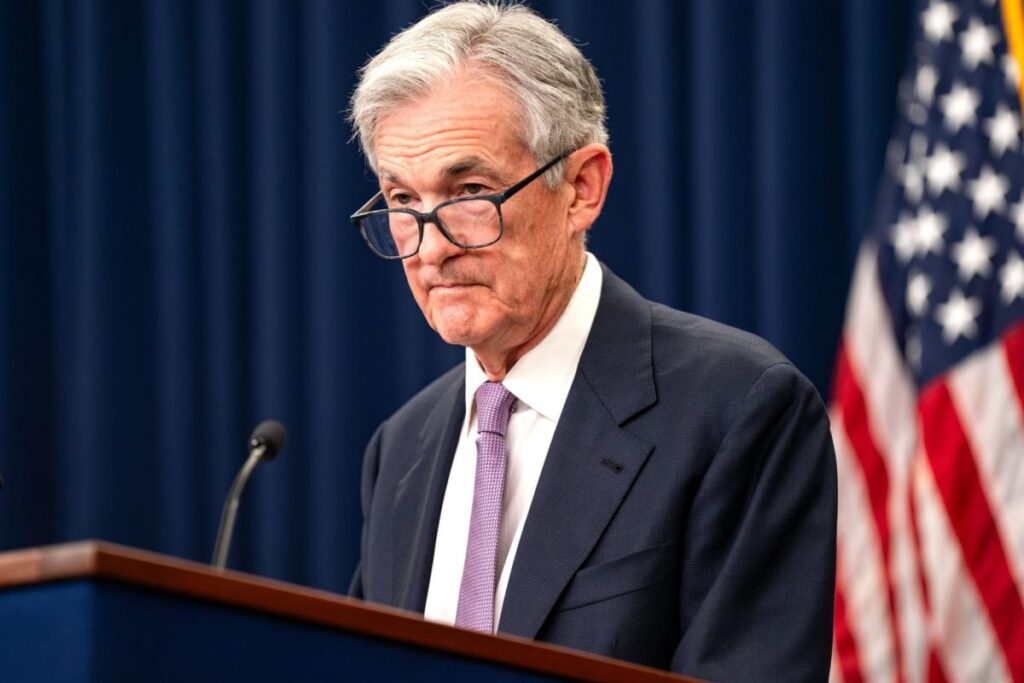In the wake of President-elect Donald Trump’s victory, Federal Reserve Chairman Jerome Powell’s unequivocal stance on maintaining his position amid potential pressure from the new administration was a significant moment in the intersection of economic policy and politics. Following the election, the Federal Reserve, as expected, lowered interest rates by a quarter point. However, the spotlight was firmly placed on Powell’s responses regarding his future, particularly after being questioned about resignation expectations from Trump. Powell’s emphatic “no” clearly signaled his intention to remain in his role, and he further emphasized that legally, a president cannot fire or demote a Fed chair, underscoring the independence of the Federal Reserve from political influence.
During Trump’s presidency, he appointed Powell in 2018, replacing Janet Yellen, yet tensions surfaced when Powell resisted Trump’s calls for more aggressive monetary policy easing. Powell’s current term as chair is set to conclude in May 2026, and he is eligible to serve as a Fed governor until January 2028, which means he could potentially withstand any attempts from Trump to influence his tenure. Trump’s expressed desire to have input on interest rates highlights a broader tension between presidential priorities and the generally autonomous role of the Federal Reserve—a tension likely to shape future interactions between the two branches of government.
At present, the Fed’s easing cycle aligns closely with Trump’s economic objectives, offering the support needed for the economy and financial markets. However, with the economy exhibiting signs of strength and persistent inflation, experts caution that the Fed may have to slow its rate-cutting pace. As analysts speculate about December rate cuts and potential holds in January, it becomes clear that Trump’s economic proposals could complicate the Fed’s monetary strategy. Trump has committed to policies that many fear would exacerbate inflation concerns, potentially prompting a reassessment of the Fed’s current approach.
Key elements of Trump’s economic agenda—such as broad tariff hikes, particularly targeting China, aggressive immigration restrictions, and substantial tax cuts—pose risks to inflation levels and the overall economic landscape. Such measures are likely to increase costs for consumers, spur wage increases due to labor shortages from immigration policies, and inflate deficit levels due to tax reductions. Each of these avenues may limit the Federal Reserve’s ability to continue cutting rates, which is intricately connected to inflation pressures and economic growth.
In terms of tax policy, Trump has floated radical reductions, including extending tax cuts from his first term, lowering corporate taxes, and even outright eliminating income taxes. These proposed changes would likely accelerate consumer spending and inflation, leading to broader economic ramifications. Powell, for his part, has been keen to communicate that the Federal Reserve will not shape its monetary policy based on anticipated fiscal adjustments but will instead respond based on actual economic developments, emphasizing a data-driven approach to policy-making.
As the economic landscape evolves and Trump readies his administration’s plans, the ongoing interaction between Trump’s economic strategies and Powell’s Federal Reserve will remain a focal point in the financial arena. Powell’s commitment to independence and a measured approach to monetary policy will be tested against the backdrop of an aggressive and potentially disruptive economic agenda. The unfolding dynamics between these two entities will profoundly affect the direction of U.S. economic policy, setting the stage for future confrontations and negotiations that could define the nation’s fiscal and monetary framework for years to come.

